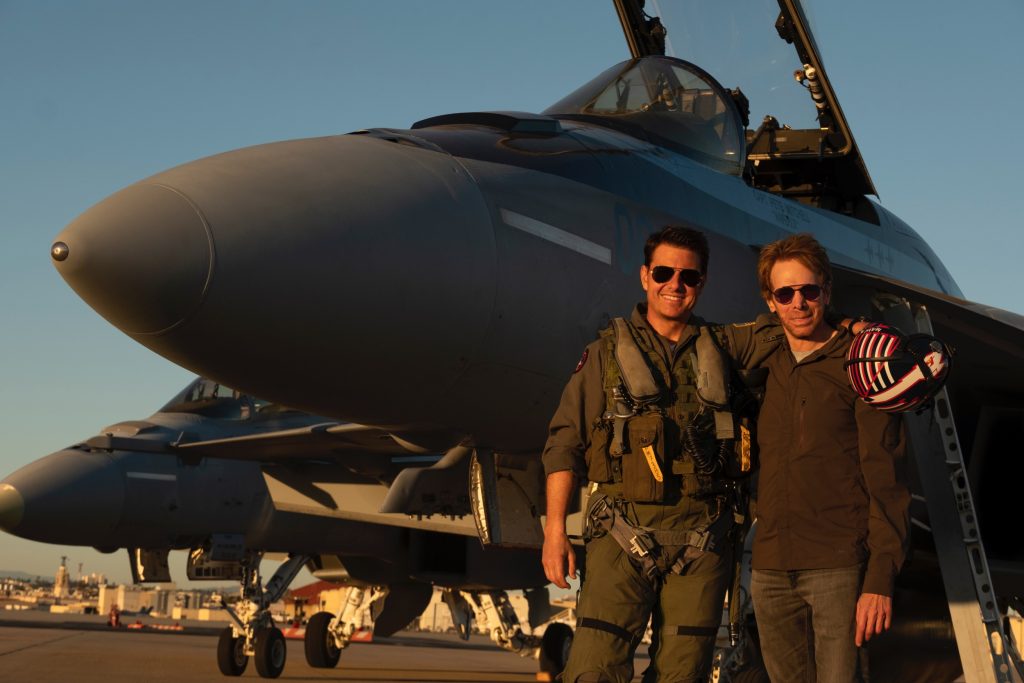Tom Cruise is well-known for liking to do his own stunts where possible and has a list of mishaps behind him that remind us they don’t always go to plan, but how much of Top Gun: Maverick, and particularly the stuff that happened ‘up top’, was real and how much was CG?
Actors in the air
There’s very little CGI used in the flying sequences, but none of the cast flew their fighter jets at any point. Though Tom does hold a pilot’s licence, along with his other cast members, that’s not him at the controls of a Boeing F/A 18F Super Hornet, never mind the (fictional) Hypersonic “Darkstar” jet. Military regulations, a lack of the required skills and, ahem, Paramount’s insurers meant they all flew in the rear seat to experience the G-force pilot’s have to cope with at high speed.

Tom was at the stick, however, of Maverick’s rebuilt propellor-driven P-51 Mustang plane (actually owned by the man himself) when he takes Jennifer Connolly’s Penny for a spin towards the end of the film. The star also devised a special training plan that the other flying cast members had to complete to enable them to ride shotgun in Top Gun (sorry, couldn’t resist it) and operate the on-board cameras to make sure shots were properly framed and lit while their Navy pilots took care of the flying duties.
CGI
The makers are keen to stress that very little of what we see in Top Gun 2 is computer-generated, but during the dogfights, while the flying is real, the missiles and bullets are fake as are the bombs and explosions.

Practical stunts and effects
“You can’t fake the forces that are put on your body during combat… You can’t do it on a sound stage, you can’t do it on a blue screen. You can’t do it with visual effects.”
Joseph Kosinski, Director, Top Gun: Maverick
In the film we see the actors experiencing 10-Gs of force, traveling at over 600 knots, and everything else that comes with actually being in a fighter jet. They were followed through the air by by three different aircraft – a helicopter, a specialized jet equipped with two different lens focal lengths for doubling the footage on one run, and a custom camera drone plane that can withstand up to 3 G.
Flying budget
The film cost a total of $171 million to make. According to a report by Bloomberg, the U.S. Navy charged $11,374 an hour to use the F/A-18 Super Hornets.
To be clear, at Mondatum we know nothing about flying fast fighter jets or acting while experiencing extreme G-forces, so you’ll need to go and ask Tom about anything like that.
😉
Source: Screen Rant
Image of Tom Cruise with jet: autoevolution
Cockpit camera image: military.com


